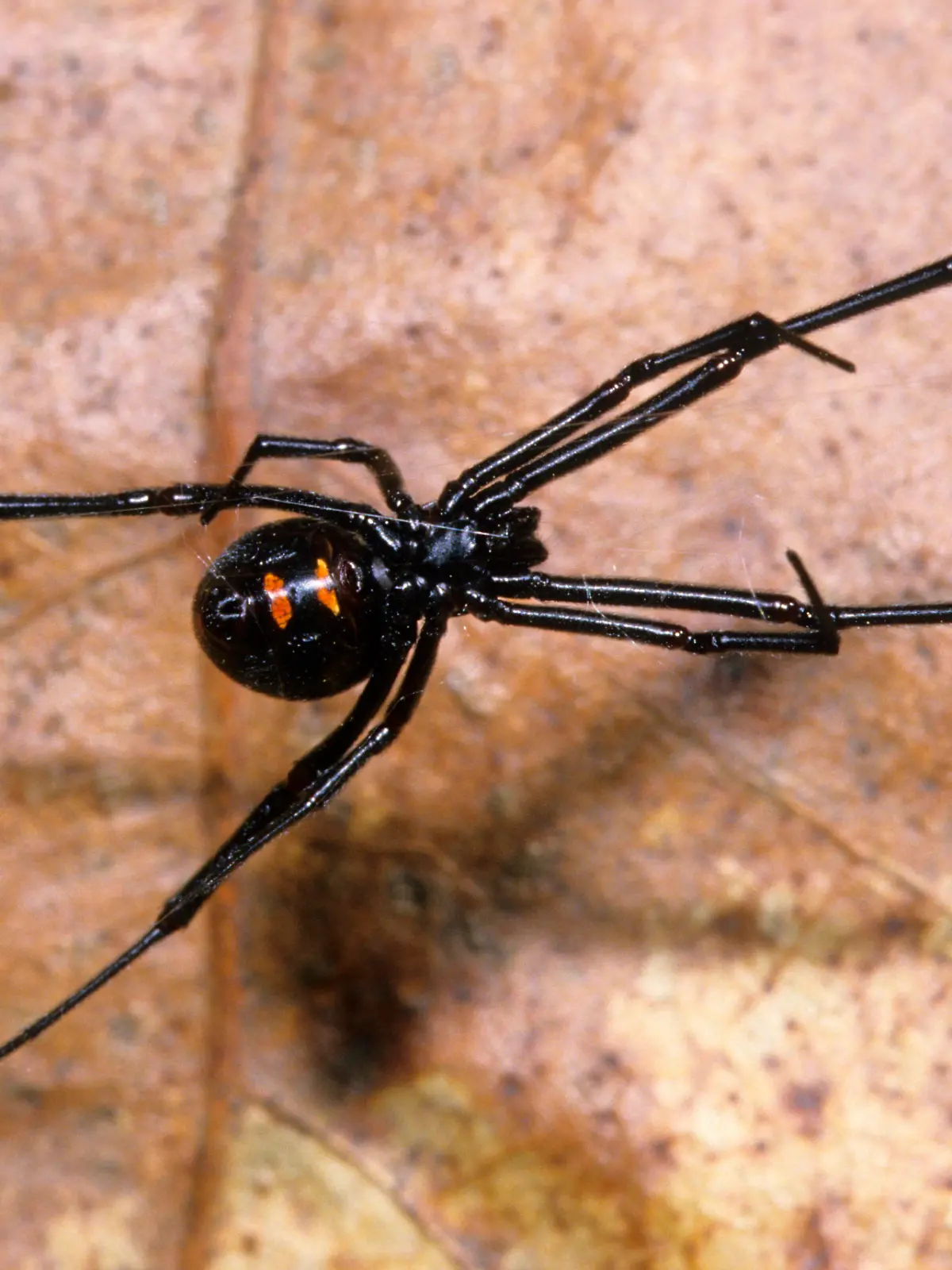Nichts für schwache NervenGruselfund - Parasit tarnt sich als Fischzunge

Es ist wirklich ein gruseliger Anblick – passend zu Halloween. Ein ahnungsloser Arbeiter im Galveston Island State Park an der westlichen Golfküste in Texas fand einen Fisch. Im Maul des atlantischen Quacksalbers: Beine, Augen, einfach etwas, was nicht dort hingehört. Was hat es damit auf sich?
Parasit ersetzt Zunge
Ein Parasit hatte sich im Maul des Fisches niedergelassen, dort wo eigentlich die Zunge sein soll. „Weibchen dieser Gruppe von Krebstieren wandern von den Kiemen des Fisches nach oben, kneifen und saugen die Blutzufuhr zur Zunge ab, bis das Organ verwelkt und abfällt. Sie heften sich dann an den verbleibenden fleischigen Stummel und ernähren sich jahrelang weiter vom Blut ihrer Gefangenen“, schreibt das Fachmagazin sciencealert.com.
Was das für den Fisch bedeutet
Der Parasit kann bis zu 8mm lang werden und kann laut Studien zu einer Verringerung des Wachstums des befallenen Fisches führen. Forscher vermuteten in einer Studie aus dem Jahr 2013, dass dies auf Atemstress zurückzuführen sein könnte, „der durch die langfristige Sauerstoffaufnahme verursacht wird, da der massive Parasit, der das Maul verstopft, den Fischen nicht erlaubt, so viel Sauerstoff aus dem Wasser aufzunehmen und zu filtern. Andere führen diesen Rückgang auf die Nährstoffentwässerung des Parasiten zurück“, schreibt das Online-Fachmagazin sciencealert.com. Habe der Parasit seinen Lebenszweck – die Fortpflanzung – erfüllt, falle er ab und lasse den Fisch ohne Zunge weiter leben, wenn er ihn nicht vorher getötet habe. (mol)


